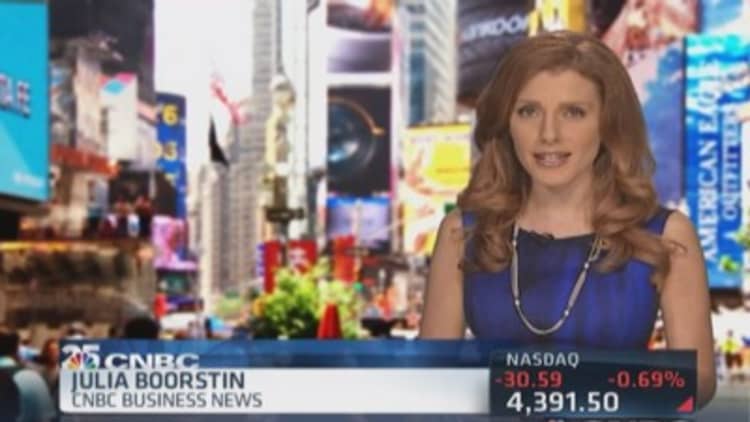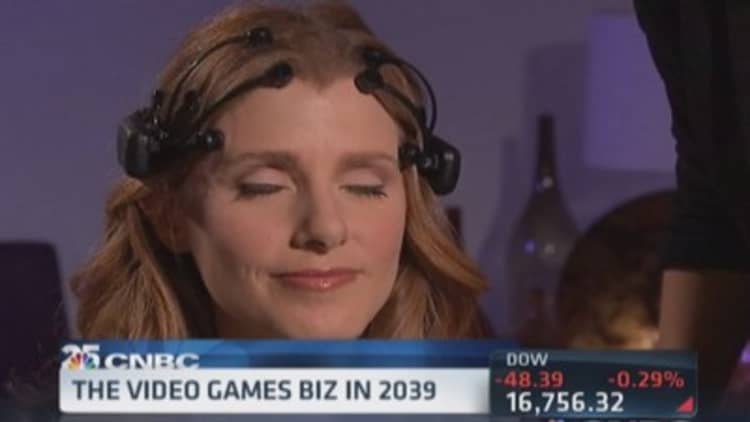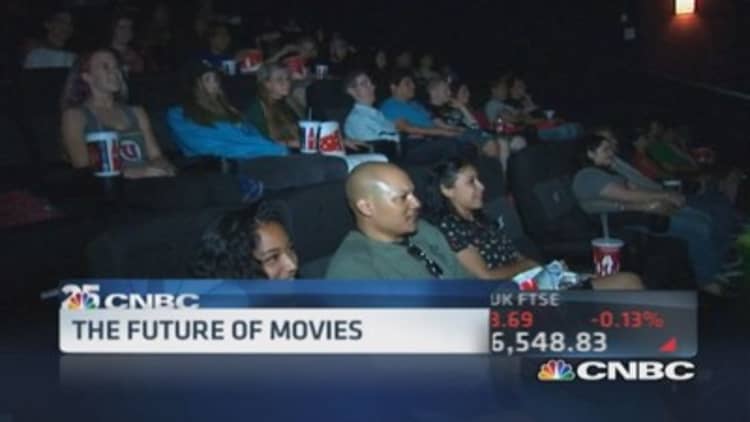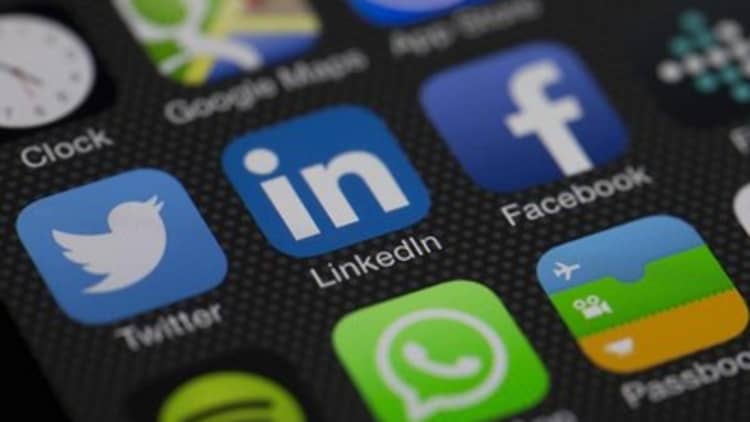
Twenty-five years from now advertising won't look or feel anything like, well, advertising. Instead of being an annoyance or an interruption you want to skip, it'll feel more inviting, more like content or something valuable with which you'll want to watch, read or interact.
Imagine walking past a restaurant and immediately seeing reviews and prices, glancing at shoes in a store window for costs and comparisons. Cutting-edge mobile technology is already giving us a window into that future.
Ad tech company Blippar already enables smartphones or Google Glass to bring ordinary objects to life. Pointing your phone—or Google Glass—at an object, magazine or poster brings up related content. A look at a Foster's Beer coaster launches a sponsored comedy video. Looking at a Pepsi can brings up a Pepsi-sponsored soccer game.
Read MoreIPG's agnostic ad strategy
Another ad tech company, Adtile, also leverages the power of mobile—to engage consumers through movement. Interactive ads encourage users to shake and move their device to interact with games—and brands. For instance, a Starbucks ad encourages users to shake their phone to win a free latte. By getting consumers to interact with their device—and by extension, really pay attention to the brand, marketers are ensuring that customers are engaged, and not mindlessly swiping to the next screen.
"When you interact with your phone, whatever you do with it, we can unfold stories," said Adtile CEO Nils Forsblom. "You can actually be part of that. That changes everything." Down the line, Forsblom anticipates working movement-enabled advertising into other devices, like smartwatches. "We want to be part of people's everyday movement," Forsblom said. "It's not true advertisement as you see it today. We look at it as services coming to play in a whole new format."
And eventually you might not even need a device like a phone, smartwatch or Google Glass. "Maybe drones are projecting interfaces on demand wherever we need them," said David Pescovitz, research director of Institute for the Future and co-editor of the blog Boing Boing. "I think it's going to be a wide range of screens, and wearables, and projectors and devices everywhere."
Read MoreWPP CEO: Facebook masquerades as tech company
Forrester analyst James McQuivey predicts where we'll get the most brand messaging is in our ear—with product offers and deals, suggestions whispered into an earbud, similar to the voice in the film "Her."
"It may not be Siri's voice in the future. You may actually get to choose your own relative's voice," McQuivey said. "Maybe the relative is a favorite grandpa who's no longer with us. You might hear that voice in your ear whispering to you recommendations, suggestions, coaching things, and, yes, providing ad messages, filtered the way you want them filtered and spoken the way your grandpa would have said it."
Futurist Faith Popcorn sees a future that's less about virtual billboards and more about a whole other level of free samples and services.
Read MoreFacebook launches new tools to grow advertising
"Consumers are already pushing back on messages and commercials. The advertiser or the company trying to sell you something is going to have to demonstrate it," she said. "So if they want you to buy a Ford, they have to drive your kid to school for the next year. If let's say Nabisco or Campbell wants you to buy their brand, they have to cook dinner for you. They have to enable their product right into your lives." With that image of brand experiences, Popcorn predicts that advertising and messaging as we know it, is over.









